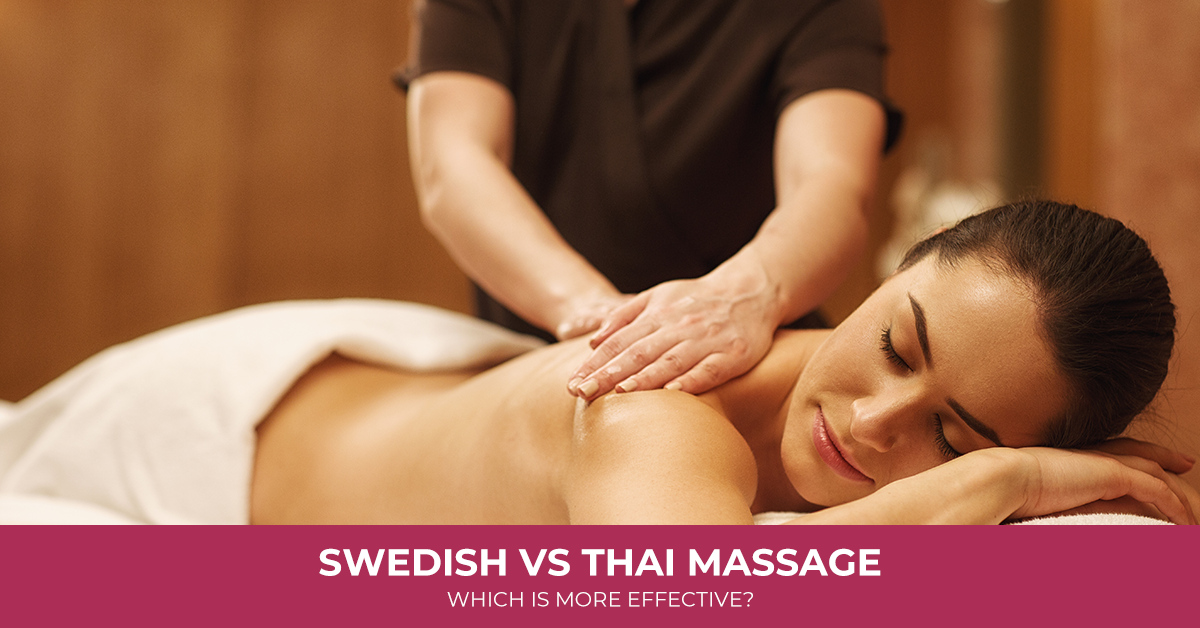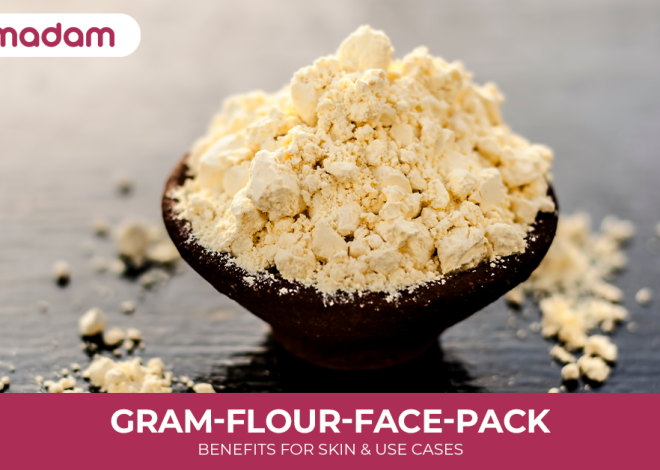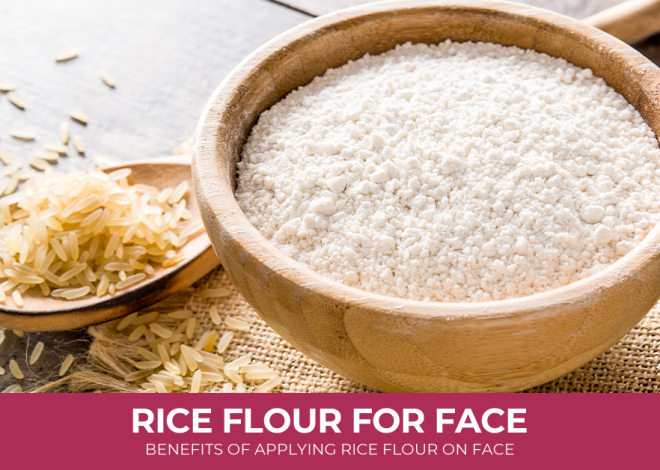
Swedish vs Thai Massage: Which Is More Effective?
Spa-goers, massage lovers, and wellness experts often debate the benefits of Swedish vs. Thai Massage, as both provide powerful results. However, many people are unaware of the deep effects of these messages. Ever wondered which one suits you better? Both provide incredible therapeutic benefits but deliver completely different experiences.
This blog will help you understand the difference between Thai and Swedish massage and help you to decide which one best suits your specific needs and preferences.
Table of Contents
What is Swedish Massage?
Swedish massage is a popular technique designed to invigorate the body and enhance overall well-being. It uses various methods, including percussion, kneading, vibration, tapping, and rolling. These techniques promote relaxation, improve circulation, and relieve stress.
Best Trending Topic for You – 10 Best Types of Massage for Men & Their Benefits
What is Thai Massage?
Thai massage is a unique form of therapy that combines assisted yoga postures with acupressure techniques. The therapist applies pressure to specific points along the body’s energy lines, known as sen, using their hands and feet.
Difference Between Thai and Swedish Massage: Quick Comparison
The detailed and in-depth comparison of Thai massage vs Swedish massage is tabulated below.
| Difference | Swedish | Thai |
| Technique and movements | Smooth flowing strokes, kneading, tapping, friction, and vibration. | Stretching, acupressure, and energy line work. |
| Areas of focus | Relaxation, stress reduction, treating muscle tension, improving circulation, and overall body wellness. | Balances body energy, improves flexibility, releases blockages, and promotes overall well-being. |
| Client participation | It is a passive experience for the client, who lies on a massage table while the therapist applies the technique. | It is an interactive experience that requires active participation from the recipient. |
| Clothing and environment | Undressing is based on the client’s comfort level, with sheets or towels used for coverage. | Clients wear loose, comfortable clothing. |
| Time Duration | It lasts between 60 to 90 minutes. | It typically lasts for 60 to 120 minutes. |
| History and origin | Originated in Sweden in the 1830s, based on principles of anatomy and physiology. | Originated in Thailand, influenced by traditional Chinese medicine and Indian Ayurveda. |
Our Top Trending Blog – Difference Between Spa And Massage
Benefits of Swedish Massage
Swedish massage is known for its relaxing and therapeutic effects, using gentle strokes to enhance physical and mental well-being. Here are some of its key benefits:
- Might Reduce Lower Back Pain: Swedish massage may help minimize lower back pain, as suggested by a study on nurses. However, it might not be the best solution for chronic lower back pain.
- May Treat Neck Pain: It offers temporary relief from neck pain, but multiple sessions may be needed for lasting relief.
- May Treat Shoulder Pain: It can help reduce shoulder pain from strenuous activity, potentially lowering reliance on pain medication.
- May Treat Fibromyalgia: Swedish massage may help relieve fibromyalgia pain and alleviate related anxiety and depression.
- May Treat Headaches: Research suggests that weekly sessions can reduce the intensity and frequency of migraines.
- May Treat Anxiety: Regular sessions may help manage stress and positively impact overall health.
- May Lower Blood Pressure: Effective in reducing blood pressure linked to anxiety.
- May Improve Sleep Quality: By promoting relaxation, Swedish massage can encourage better sleep patterns.
Related Blog: Postpartum Massage
Benefits of Thai Massage
Thai massage is an ancient healing practice that combines acupressure, energy balancing, and assisted yoga postures. It offers several health benefits, including:
- Lowers Stress: Thai massage reduces levels of salivary alpha-amylase (SAA), a stress marker.
- Boosts Energy: Studies indicate that Thai massage can increase energy levels and enhance mental stimulation.
- Relieves Headaches: Court-type Thai massage applies pressure to energy channels, helping alleviate chronic tension headaches.
- Stimulates Circulation: Research suggests it can improve blood flow in the skin and enhance ankle joint mobility.
- Improves Range of Motion: Yoga-like stretches in Thai massage reduce stress, improve circulation, and increase flexibility over time, enhancing the range of motion.
Common Myths About Swedish vs Thai Massage
A common myth about Thai massage vs Swedish massage is that Thai massage is always very painful and only suitable for flexible people, while Swedish massage is always gentle and purely relaxing.
In reality, both types can be adjusted to different pressure levels and tailored to specific goals. Thai massage includes stretching and pressure point techniques, while Swedish massage uses long, gliding strokes to relieve muscle tension.
Swedish vs. Thai massage: Key Points to Dispel the Myths
Pain Level: Thai massage involves deep pressure and stretching but doesn’t have to be painful. It can be adjusted to your comfort level.
Flexibility: You don’t need to be highly flexible for Thai massage. The therapist works within your range of motion.
Focus: Thai massage targets energy lines and uses assisted stretching, while Swedish massage focuses on relaxation with gentle strokes and muscle manipulation.
Other Common Myths:
- Clothing: You don’t have to be completely undressed for a Swedish massage. Comfortable clothing is an option for both types.
- Oil Usage: Thai massage is typically oil-free, while Swedish massage uses massage oil.
- Intensity: Not all Thai massages are deep tissue, and Swedish massages can be customized for deeper muscle work if needed.
Conclusion
Swedish and Thai massages offer distinct benefits suited to different needs. Understanding the difference between Thai and Swedish massage can help you choose the best option. Swedish massage uses long, gliding strokes with oil for relaxation, muscle tension relief, and better blood circulation which is ideal for stress relief. The Thai massage involves deep stretching, acupressure, and assisted yoga poses without oil, enhancing flexibility, energy, and body alignment, perfect for a therapeutic, full-body experience.
Choose Swedish massage for a gentle, calming experience or Thai massage for an invigorating, holistic treatment that revitalizes both body and mind.
FAQs
Which is harder, Thai or Swedish massage?
Thai massage is harder than Swedish massage. Thai massage uses medium to hard pressure with stretching, while Swedish massage is a relaxing oil massage with medium to soft pressure.
What are the disadvantages of a Swedish massage?
It may cause soreness for sensitive individuals. Deeper strokes target tension points, which can leave sensitive skin or muscles feeling sore for a day or two.
What are the disadvantages of Thai massage?
Intense stretches and pressure may not suit everyone. People with severe osteoporosis or acute injuries should avoid Thai massage due to its deep pressure and stretching techniques.
Which is more pleasurable, Thai massage or Swedish massage?
The debate over Thai body massage vs. Swedish massage is never-ending; however, it depends on personal preference. Swedish massage offers relaxation, while Thai massage provides a more dynamic experience.
When not to have a Thai and Swedish massage?
Avoid both in certain medical conditions. Conditions like heart issues, fever, pregnancy, cancer, or recent surgeries require caution with both massage types.
What hormones are released in Swedish massage and Thai massage?
Both release feel-good hormones but in different ways. Swedish massage boosts oxytocin, serotonin, dopamine, and endorphins. Thai massage energizes while also increasing dopamine and serotonin.
What areas are off-limits during a Thai massage and Swedish massage?
Sensitive and private areas are off-limits in both. This includes genitals, breasts, throat, eyes, open wounds, rashes, and recent surgical sites.
What are the massage-sensitive areas in Swedish and Thai massage?
Both have sensitive zones but vary slightly. Swedish: spine, neck, inner thighs, feet, abdomen, face, and scalp. Thai: joints, lower back, hips, neck, and toes.
Is Swedish massage full-body?
Yes, it is a full-body therapeutic massage. It uses different hand techniques to manipulate the body’s soft tissues.
Is a Thai massage full-body?
Yes, it involves full-body stretching and pressure-point work. It follows energy lines, combining stretching and acupressure techniques.



